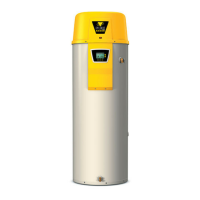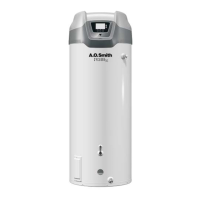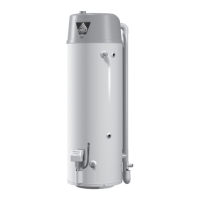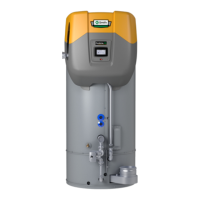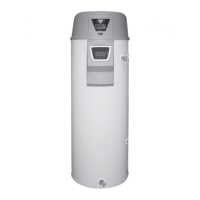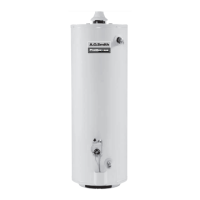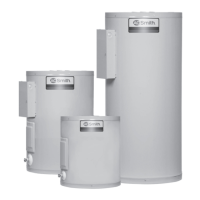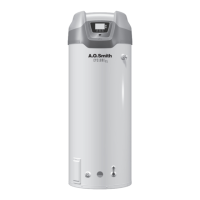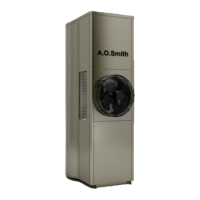37
GAS LINE LEAK TESTING
Any time work is done on the gas supply system perform a leak test
to avoid the possibility of re or explosion.
1. For test pressures exceeding 1/2 psi disconnect, the water
heater and its Main Gas Shuto Valve from the gas supply piping
system during testing. See
Figure 1
(page 8). The gas supply
line must be capped when disconnected from the water heater.
2. For test pressures of 1/2 psi or less, the water heater need not
be disconnected, but must be isolated from the supply gas line
by closing the Main Gas Shuto Valve during testing.
3. Paint all supply gas line joints and connections upstream of the
water heater with a rich soap and water solution to test for leaks.
Bubbles indicate a gas leak. Do not use matches, candles, ame
or other sources of ignition for this purpose.
4. Repair any leaks before placing the water heater in operation.
GAS LINE PURGING
Gas line purging is required with new piping or systems. Purging
should be performed per the current edition of the
National Fuel Gas
Code, ANSI Z223.1/NFPA 54
.
HIGH ALTITUDE INSTALLATIONS
Breathing carbon monoxide can cause brain damage or death.
Always read and understand instruction manual.
• Special consideration must be taken with installa-
tions above 10,100 feet (3,078 m).
• Please contact an A. O. Smith qualified service agent
to obtain the proper setup and instructions before
lighting.
• Failure to implement the proper setup will result in
improper and inefficient operation of the appliance
resulting in production of increased levels of carbon
monoxide gas in excess of the safe limits which
could result in serious personal injury or death.
Breathing Hazard - Carbon Monoxide Gas
This high efficiency water heater is certified for use without
modication for an altitude of 10,100 feet (3,078 m). Consult the fact
ory for installation at altitudes over 10,100 feet (3, 078 m)..
Some gas utility companies derate their gas for altitude, making
it unnecessary to install high altitude orices. Call the local gas or
utility company to verify BTU content.
Due to the input rate reduction at high altitudes, the output rating
of the water heater is also reduced and should be compensated for
in the sizing of the equipment for applications. See
Planning the Vent
System
(page 14).
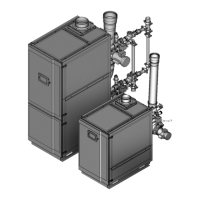
